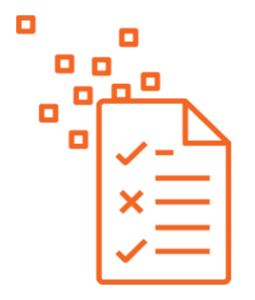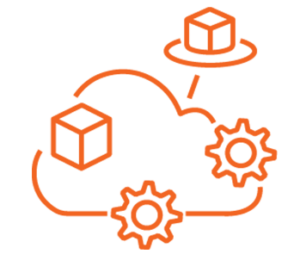In our recent blog, we reviewed the 8 Cloud Migration Drivers that are motivating organizations to reduce costs, improve operational resiliency, gain business agility, and build a foundation for rapid innovation. Over the last few decades, thousands of organizations have successfully migrated Windows workloads to the cloud.
Combining legacy app modernization initiatives as part of the large-scale cloud migration strategy generally derives the biggest business results. But where does an organization start? And what steps are involved?
In this blog, we walk you through the three-phase modernization-led cloud migration approach that has proven to help enterprises realize fast, continuous, and quantifiable business value.
What is the Three-Phased Migration Approach?
Based on our experience as AWS Advanced Consulting Partners, helping large enterprises across various industries and geographies migrate to the cloud, we know that every migration is different. However, leveraging the AWS Migration Acceleration Program (MAP) enables a standardized migration process based on three phases of activities:
Following this three-phase approach is the best way for organizations to efficiently migrate tens, hundreds, or thousands of workloads at speed. With continued iteration and migration of more workloads, driving repeatability and predictability in processes and procedures will further accelerate and optimize large-scale cloud migration efforts.
Phase 1: Assess your readiness
This phase assesses current infrastructure and resources to better understand existing migration-readiness strengths, weaknesses and opportunities. The key objective is to identify the number of servers, virtual systems, and applications in use, current spend, and any gaps that need closing.
This FREE discovery documents potential TCO savings and efficiencies, with no obligation to proceed to the next phase.
Phase 2: Mobilize your resources
This phase helps organizations build an operational foundation for migration, based on the assessment findings. It includes conducting a proof of concept (PoC) project and training/coaching to develop in-house cloud skills.
The FREE mobilization accelerates decisions to migrate by providing clear guidance on the migration plan, including timeline, security, risk mitigation, and costs. After completing this phase there is still no obligation to proceed to the next phase.
Phase 3: Migrate and modernize your workloads
This is it – you have decided to migrate! During this phase, each of the workloads will be designed, migrated, and validated, with many enterprises also taking the opportunity to modernize legacy applications or systems. AWS Advanced Consulting Partners with Migration Competency Partner, such as SourceFuse, can now execute the large-scale cloud migration plan. Successful completion of the previous two phases eliminates any concerns about compatibility, performance disruption, long cutover windows, or long-distance data replications.
Modernization-Led Migration in Action
SourceFuse has helped multiple enterprises in their digital transformation journey. As a leading provider of cloud-native, bespoke solutions and services, we take the lead in legacy app modernization-led migration on the cloud, leveraging a containerization and microservices approach for custom-built applications. Our rapid application development framework, SourceFuse ARC (formerly known as SourceLoop) accelerates the design, development, and roll-out of modern cloud-native enterprise applications. Use cases include:
- Medical Tracking Solutions, Inc. (MTS) – improved site efficiency, increased security and reliability, plus a 40% reduction in TCO
Read the full case study here - BluHorn – 93% increase in performance efficiency, 99.99% availability, and 35% cost optimization
Read the full case study here - Leading Travel Tech Firm – 99.99% availability, cost-optimized and automated capacity-adjusted environment, plus unlimited scalability
Read the full case study here



